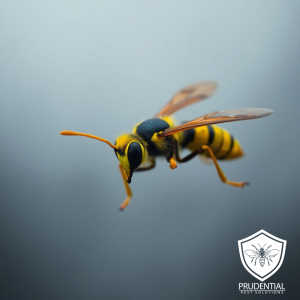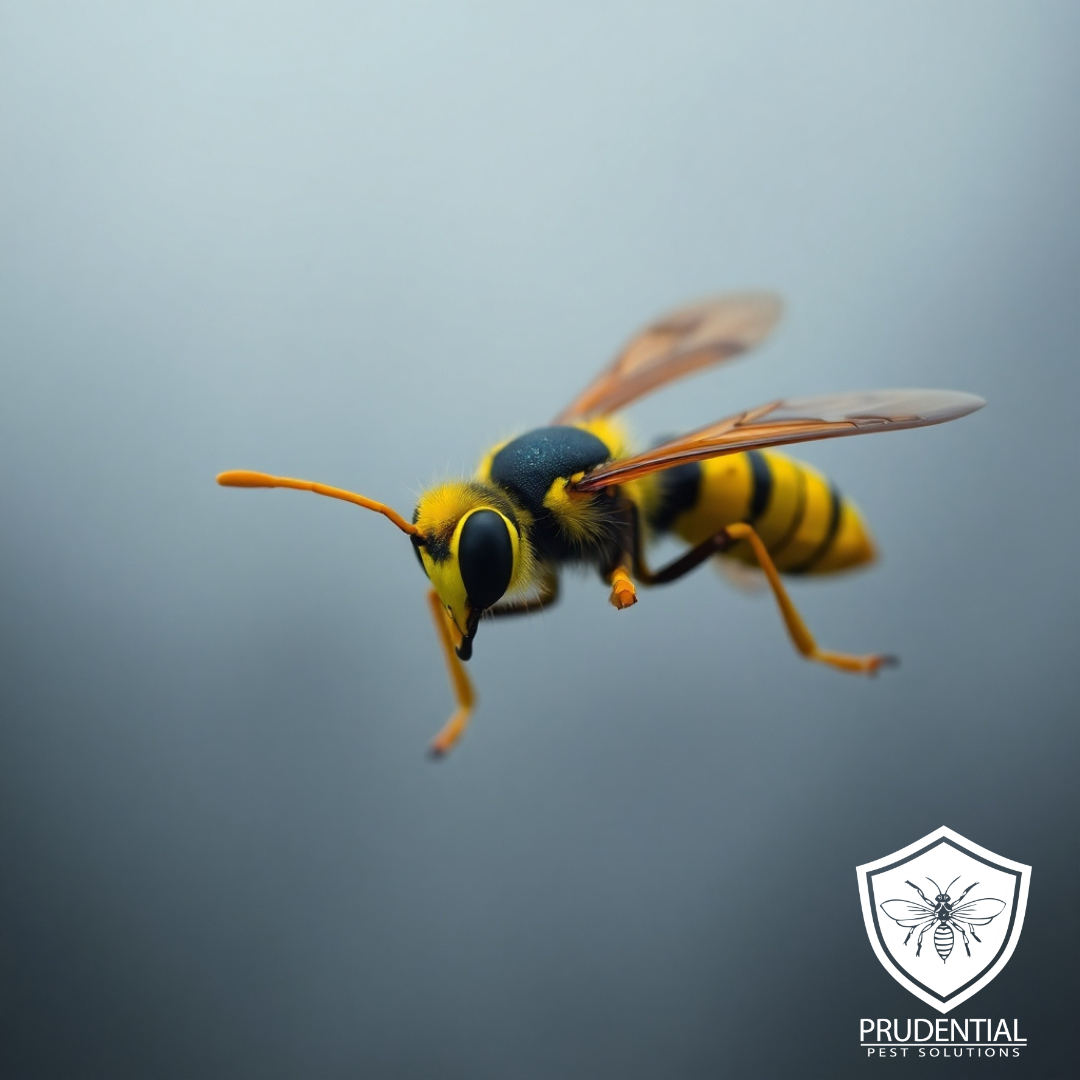It seems like overnight that small bee or wasp nest has exploded into a full grown, angry, huge nest. Maybe you’ve tried spraying them with a hardware store insecticide. If you have sprayed them with an aerosol insecticide, such as Raid, you may even have a large pile of dead bees or wasps on the ground near the nest. And yet, the bees and wasps continue to fly in and out of the nest like nothing has happened. Why didn’t that aerosol insecticide kill off the nest when it can clearly kill individual bees and wasps?

Yellow Jacket Nest Removal
Depending on the type of bees or wasps you are dealing with, an aerosol insecticide sometimes is the best choice. Species such as paper wasps, or other “open nest” species
can easily be dispatched with an aerosol spray. This is because their nest is open to the environment and the chemical can easily be applied to all of the members of the colony and the colony material itself. If you are reading this article and have gotten to this point, this is probably not the situation that you are dealing with. No, you are most likely dealing with a hornet’s nest or a yellow jacket nest.
Yellow Jackets, depending on the type of species, will either prefer to make their nest in a hole in the ground or in the wall of a structure. If the nest is in a hole in the ground, there is typically just one main opening where the bees are entering and exiting. If the nest is in a structure, the nest itself may only have one entrance/exit, but the bees could be entering the nest through many gaps and crevices. Hornets typically build their nests on the sides of building or on tree limbs. Their nests are completely covered in a protective shell and usually have just one main opening for entrance and exit.
Let’s look at what happens when someone sprays an aerosol to try and kill a yellow jacket nest. Whether the nest is located in the ground or in a structure, the aerosol chemical has a tough time penetrating far enough into the nest to kill off the colony. Yes, you will kill some bees, but not enoug
h to kill off the nest. The chemical and method used are not enough to get all the way into the colony and the chemical itself doesn’t last very long to provide any residual protection. The colony is able to replace the bees that were killed in a fairly quick amount of time and the colony will continue to thrive
If you attempt to eliminate a hornet’s nest with a can of aerosol insecticide, you are a far braver person than I am. The same issues are present with applying an aerosol insecticide into the nest, mainly the chemical not reaching the entire colony. Since hornets are much larger and far more aggressive, they will not tolerate for very long someone applying a chemical into their nest. They will quickly, and aggressively begin to defend their home leaving you and whoever was helping you, in great danger.
So, what is the best way to treat and kill off an established nest. Insecticidal Dusts are the by far the most effective method for treating and killing an entire nest of bees or wasps. The dust, when applied using an appropriate applicator, can reach every nook and cranny of the nest. The dust works a little slower than an aerosol chemical but has a much longer and more effective knockdown. The amount of time that you are exposed to the nest is also greatly reduced. As opposed to just standing there at the entrance of the nest holding down the applicator on the spray can, you can simply walk up, apply the dust in one or two bursts and walk away. The dust will begin to work on the bees directly hit by the dust and they will transfer it to others simply by touching them. The last great feature of the dust is that the bees that are out of the nest and foraging, when they return to the nest, they will contact the dust and be killed. Within 24 hours, the nest is usually completely dead and the physical nest can be removed (if in a structure or side of a structure or tree) or covered up, if in the ground.

Comments are closed